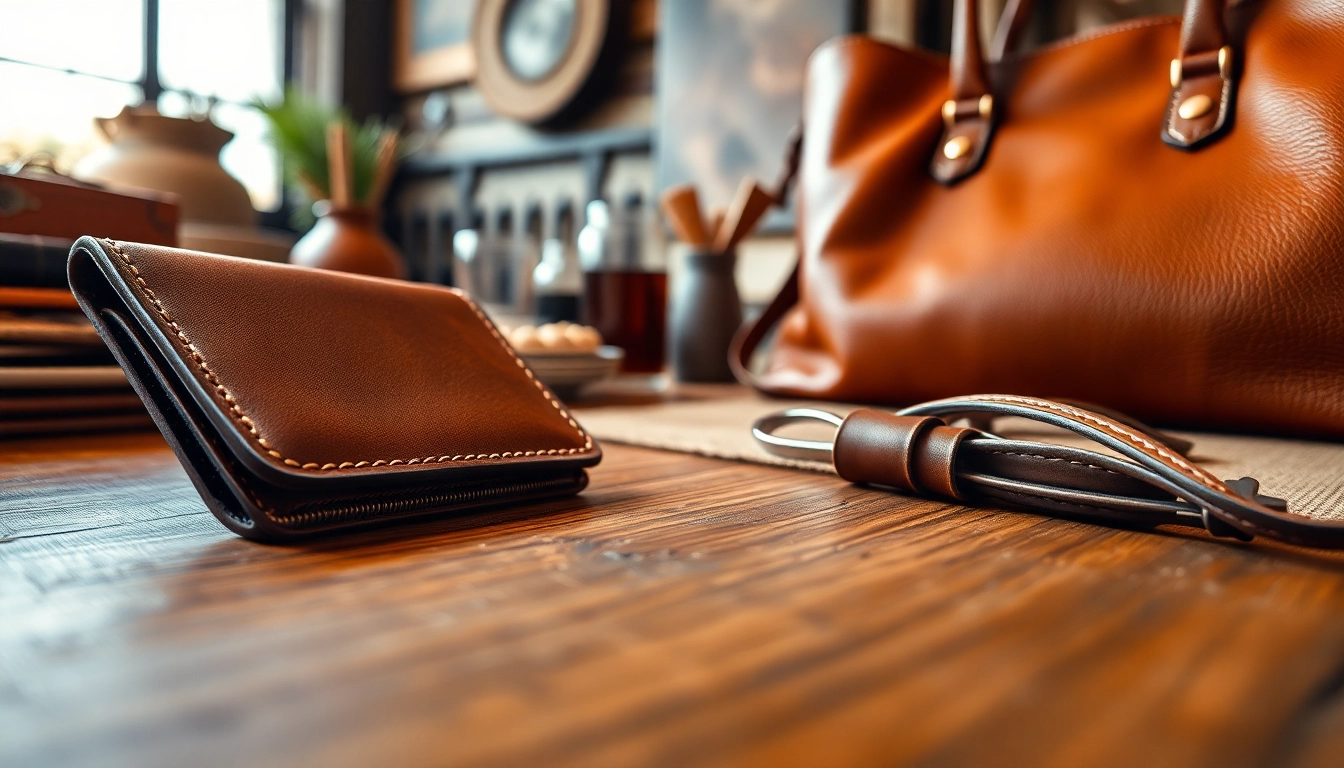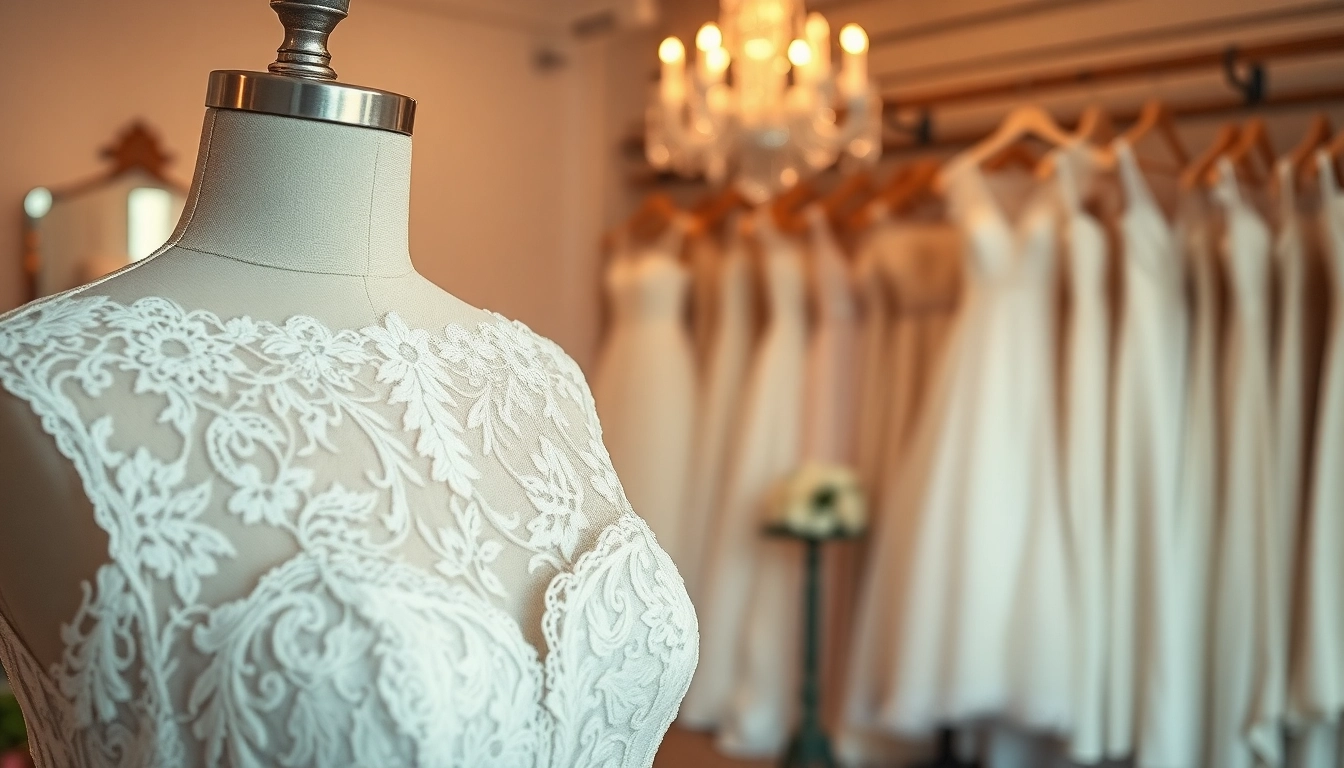Understanding Coffee Leather
Coffee leather is a unique innovation at the intersection of sustainability and fashion, born from the need for environmentally friendly alternatives to traditional leather. Unlike conventional leather, which often requires significant animal resources and can have a detrimental impact on the environment, coffee leather utilizes waste products from coffee production. This not only minimizes waste but also redefines the art of leather crafting. As consumers increasingly seek out sustainable options, the rise of materials like Coffee leather presents an exciting dialogue about innovation and ecology within the fashion and design industries.
What is Coffee Leather?
Coffee leather is a bio-based material crafted from coffee waste, particularly the leftover coffee grounds generated during coffee brewing and production processes. These grounds undergo a transformation into a flexible, durable leather-like textile, making it a viable substitute for traditional animal leather. The production of coffee leather typically involves mixing coffee grounds with a polymer or binding agent to form a composite material, which is then processed to achieve the desired texture and finish.
The History of Coffee Leather
The concept of coffee leather emerged from the growing consciousness about waste management and sustainable practices. With millions of tons of coffee grounds discarded annually, innovators began investigating how this byproduct could be repurposed. The earliest iterations of coffee leather began surfacing as designers and entrepreneurs noted its potential as a sustainable textile. Over the years, advancements in technology and material science have further refined the process, enhancing the quality and aesthetics of coffee leather.
Benefits of Using Coffee Leather
- Sustainability: Utilizing waste materials significantly reduces the environmental footprint associated with leather production. Coffee leather promotes a circular economy by repurposing products that would otherwise contribute to landfill waste.
- Unique Aesthetics: Each piece of coffee leather often displays a unique texture and color, influenced by the type of coffee used. This can give products a distinctive and appealing appearance that sets them apart in the marketplace.
- Biodegradability: Unlike synthetic leathers, coffee leather materials are typically more biodegradable and environmentally friendly, aligning with eco-conscious consumer values.
- Odor Management: Coffee grounds naturally possess odor-absorbing properties, which can help to neutralize unwanted smells in various applications.
How Coffee Leather is Made
The Production Process of Coffee Leather
The production of coffee leather generally involves several key steps:
- Collection of Coffee Grounds: Used coffee grounds are collected from cafes, restaurants, and coffee production facilities.
- Preparation: The coffee grounds are cleaned and dried to eliminate moisture, which can encourage bacterial growth and decomposition.
- Mixing: The dried coffee grounds are combined with a binding agent, often a vegan polymer or organic adhesive, to create a composite material.
- Processing: The mixture is pressed and treated to achieve a leather-like finish, which may include dyeing and texturing processes.
- Curing: Finally, the material is cured to ensure durability and to set the desired finish, ready for crafting into various products.
Ingredients Used in Coffee Leather
The primary ingredient in coffee leather is, of course, coffee grounds. However, additional sustainable components may include:
- Plant-Based Polymers: Often derived from natural sources, these help bind the coffee grounds together and provide a leather-like quality.
- Natural Dyes: Used to enhance the color and appearance of the leather, these dyes are sourced from plants or other organic materials.
- Texturizing Agents: Certain vegetable-based substances may be added to improve the feel and handling of the final product.
Sustainability Aspects of Coffee Leather
Coffee leather embodies key principles of sustainability through its circular approach to production. By transforming coffee waste into a valuable material, it reduces environmental pollution and landfill contributions. Furthermore, the cultivation of coffee beans often follows agricultural practices that can be improved with eco-friendly methods. The reduction in the use of animal products also lessens the demand for resources typically drained by leather production, like water and grazing land. Overall, coffee leather serves as an excellent example of innovation aimed at reducing the ecological footprint of the fashion industry.
Applications of Coffee Leather
Fashion Products Made from Coffee Leather
Coffee leather is gaining traction in various fashion segments. Its unique properties lend themselves well to a range of fashionable items, including:
- Handbags: Coffee leather’s durability and aesthetic appeal make it a popular choice for crafting chic handbags that stand out.
- Footwear: Sneakers and other types of shoes made from coffee leather offer both style and comfort while promoting sustainability.
- Jackets and Accessories: The material’s versatility allows for the creation of stylish jackets, wallets, belts, and other accessories.
Home Decor Ideas with Coffee Leather
Beyond fashion, coffee leather’s durability and unique appearance make it suitable for various home decor applications:
- Upholstery: Coffee leather can be used for furniture upholstery, providing an eco-friendly and stylish option for interior design.
- Wall Art: Designers are experimenting with coffee leather in wall hangings and art pieces that add a unique texture to living spaces.
- Soft Furnishings: Items like cushions and throws made from coffee leather can bring warmth and character to any room.
Innovative Uses for Coffee Leather
The innovative applications of coffee leather extend into various industries. Some examples include:
- Automotive Upholstery: The automotive sector is exploring coffee leather for vehicle interiors, contributing to sustainable transportation practices.
- Tech Accessories: Coffee leather is being utilized in tech products such as laptop sleeves and phone cases, appealing to environmentally conscious consumers.
- Art and Craft: Artists and crafters are incorporating coffee leather into their work, fostering a movement towards sustainable materials in art.
Comparing Coffee Leather with Traditional Leather
Environmental Impact of Coffee Leather vs Traditional Leather
When comparing coffee leather with traditional leather, the environmental impact is pronounced. Traditional leather production is notorious for its extensive resource use — vast amounts of water, energy, and harsh chemicals are employed in tanning processes, often resulting in pollution. Conversely, coffee leather is derived from a waste product, promoting resource efficiency and waste reduction. This shift not only aligns with sustainable practices but also informs consumer choices towards more responsible materials.
Durability and Maintenance Tips
While coffee leather is designed to be durable, its maintenance differs from traditional leather. To extend its life and maintain its quality:
- Regular Cleaning: Wipe with a damp cloth to remove dust and spills promptly, ensuring a longer life for the material.
- Avoid Excessive Moisture: Though coffee leather is relatively water-resistant, it’s best to keep it away from prolonged exposure to wet conditions.
- Storage: Store items in a cool, dry place, away from direct sunlight to prevent fading and degradation.
Cultural Perceptions of Coffee Leather
The cultural perception of coffee leather is evolving parallel to the increasing awareness around sustainability and fashion innovation. As consumers become more educated about the environmental effects of their choices, there is a growing appreciation for materials that tell a story of sustainability. Coffee leather is often celebrated not just for its unique properties but also for its narrative – a product born from waste that offers a second life and contributes positively to ecological efforts.
The Future of Coffee Leather
Market Trends for Coffee Leather
The market for sustainable materials, including coffee leather, is expanding substantially. As consumers prioritize environmentally friendly options, brands incorporating coffee leather into their products are likely to see increased traction. Market trends indicate a shift towards biomaterials as consumer awareness grows, creating a niche ready for innovative startups and established brands alike.
Potential Challenges in Coffee Leather Production
Despite its advantages, the production of coffee leather faces challenges. These include sourcing sufficient quantities of high-quality coffee grounds, maintaining consistency in product quality, and competing with established materials in the fashion and decor industries. Moreover, scaling production while ensuring sustainability remains a delicate balance that manufacturers must navigate.
Innovations on the Horizon for Coffee Leather
Future advancements for coffee leather may involve technological innovations that enhance its properties and applications. Research and development could lead to more efficient production methods, increased customization options, and improved material characteristics. Collaborations across industries—including fashion, automotive, and technology—could further expand its presence in mainstream markets, reinforcing its image as a sustainable alternative to conventional leather.



